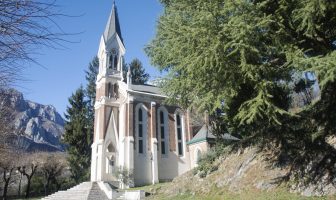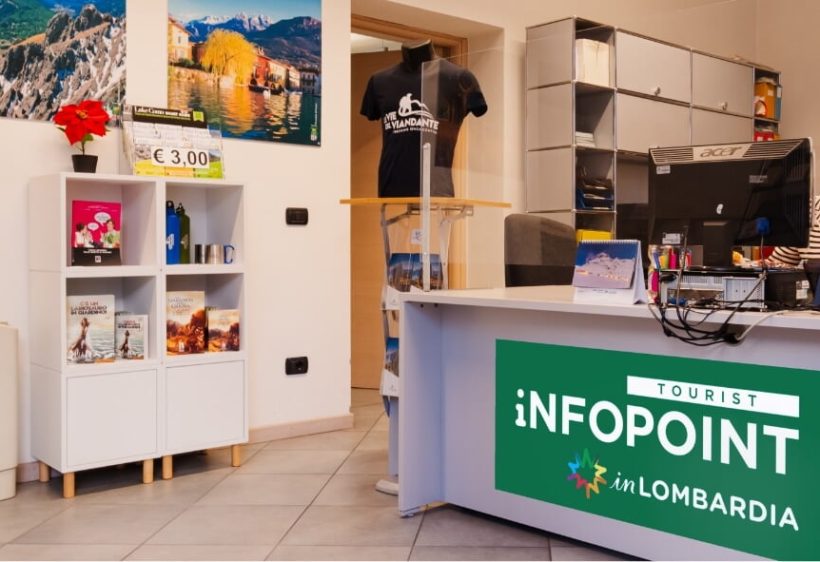
Acquate
The district that was the setting of the meeting between the Bravoes and Don Abbondio
The Castello district is encountered soon after leaving the centre of Lecco and walking up through the city: it lies to the north-west, adjacent to the centre. It is crossed by the river Gerenzone and the Fiumicella effluent.
The Castello district preserves a picturesque historic centre, once one of the most important in Lecco: in the Middle Ages, this district was called Lecco before the city was refounded on the banks of the lake around 1330. In the nineteenth century, Castello officially included the entire area surrounded by the Santo Stefano, Olate and Bonacina districts: this made it the most populous municipality of the valley.
The importance of the current district led to a concentration of numerous, profitable industries and so residences and palaces. Among these, the neoclassical Palazzo Belgiojoso stands out. It was created by the architect Leopoldo Pollack, who designed Milan’s La Scala theatre, and was formerly the residence of the Badoni family. It now houses an important section of Lecco’s Urban Museum System: this is the location of the Civic Archaeological Museum, the Historical Museum, the Museum of Natural History and the civic Planetarium.
Nearby is the parish church of Castello in the heart of the district in Piazza dell’Oro. It is dedicated to Saints Gervasius and Protasius. The church is noteworthy: for a long time, it was the provost basilica until this title passed to the basilica of San Nicolò where, in the eighteenth century, Alessandro Manzoni was confirmed.
Finally, a curious affair surrounds the statue of Saint John of Nepomuk which, corroded by time, adorns the square’s elegant fountain. Once, the statue stood on the parapet of the Azzone Visconti bridge: during the Battle of Lecco between French and Austro-Russian troops at the end of the eighteenth century, it was pitched into the Adda and later fished out by the people of Lecco, who carried it to the heart of Castello.
The origin of the name: the district retains this name because a castle used to stand here in medieval times that had been erected in the Carolingian era. The fortress was later destroyed by Matteo Visconti and only later rebuilt on the banks of the lake on the orders of Azzone Visconti.
Nickname of the inhabitants: Castello is the district of the “Scarpascés”, which literally translates as “fence-busters”, so naughty and reckless children.
Not to be missed: a visit to the museums of Palazzo Belgiojoso and to the Palazzo’s wonderful park.


Ask us, we will give you suggestions and directions to enjoy the city and the surrounding area to the fullest.
Contact us